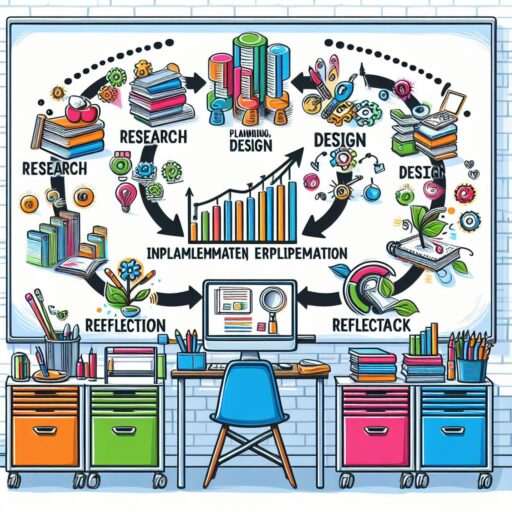Portfolio development is a crucial process for professionals across various industries. Whether you’re an artist, a writer, a designer, or a professional in any field, your portfolio serves as a showcase of your skills, experiences, and accomplishments. In this blog post, we’ll delve into the nuances of portfolio development, exploring its significance, key components, and tips for creating a compelling portfolio.
Understanding Portfolio Development
Importance of a Portfolio
A portfolio acts as a visual representation of your body of work. It serves multiple purposes:
- Showcasing Skills: A well-crafted portfolio demonstrates your expertise and capabilities.
- First Impression: Often, it’s the first interaction potential clients or employers have with your work.
- Personal Branding: It helps in defining and communicating your personal brand and professional identity.
- Storytelling: A portfolio allows you to tell a story about your journey, growth, and achievements.
Components of a Portfolio
- Introduction and Biography: A brief overview of yourself, your background, and your passions.
- Work Samples/Projects: Showcase your best work, including diverse examples that highlight your range and expertise.
- Case Studies: If applicable, dive deeper into specific projects, explaining your approach, challenges faced, and solutions implemented.
- Testimonials and Recommendations: Include endorsements or feedback from clients, colleagues, or supervisors.
- Contact Information: Ensure easy access to your contact details for potential collaborations or inquiries.
Tips for Creating an Impressive Portfolio
Define Your Focus
Identify your niche or specialization. Tailor your portfolio to highlight the skills and experiences relevant to your target audience.
Quality Over Quantity
Curate your best work. Showcase a select few pieces that demonstrate your skills effectively rather than overwhelming viewers with numerous mediocre examples.
Visual Presentation
Ensure your portfolio is visually appealing and easy to navigate. Use high-quality images, organized layouts, and consistent branding elements.
Storytelling
Accompany your work samples with narratives that explain the context, challenges faced, and the value you added. Storytelling engages the audience and provides depth to your portfolio.
Regular Updates
Keep your portfolio updated with recent work and achievements. Regular maintenance reflects your ongoing growth and professionalism.
Feedback and Iteration
Seek feedback from peers, mentors, or professionals in your field. Use constructive criticism to refine and improve your portfolio continually.
Conclusion
In today’s competitive landscape, a well-crafted portfolio is an indispensable tool for professionals. It not only showcases your skills but also tells a compelling story about your journey and expertise. By focusing on quality, visual appeal, storytelling, and regular updates, you can create a portfolio that effectively represents your capabilities and leaves a lasting impression on your audience.







